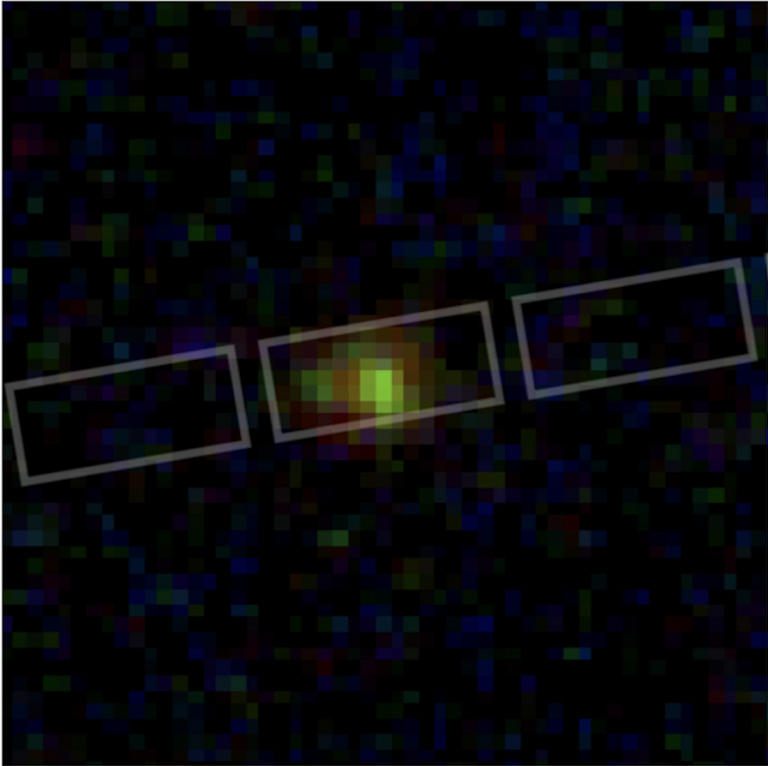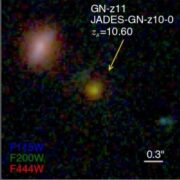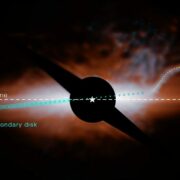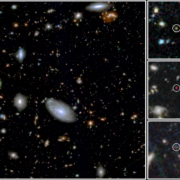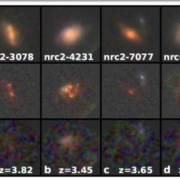An international team of researchers with the participation of the Centro de Astrobiología (CAB, CSIC-INTA), a joint center of the Consejo Superior de Investigaciones Científicas (CSIC) and the Instituto Nacional de Técnica Aeroespacial (INTA), has discovered a dead galaxy only 700 million years after the Big Bang. JADES-GS-z7-01-QU is the oldest observed galaxy of its kind and has been sighted with the James Webb Space Telescope’s NIRSpec instrument. The results, published in the journal Nature, may help to understand how and why galaxies stop forming new stars and whether the factors affecting star formation have changed over the history of the universe.
“This discovery indicates that star formation in the first galaxies of the universe may not have been a continuous process, but a succession of ‘off’ periods between other periods of intense star formation. Moreover, it is not clear whether the ‘off’ state of this galaxy is temporary or permanent, since its star formation could be reactivated in the future,” explains Bruno Rodríguez del Pino, researcher at the CAB, CSIC-INTA, and co-author of the paper.
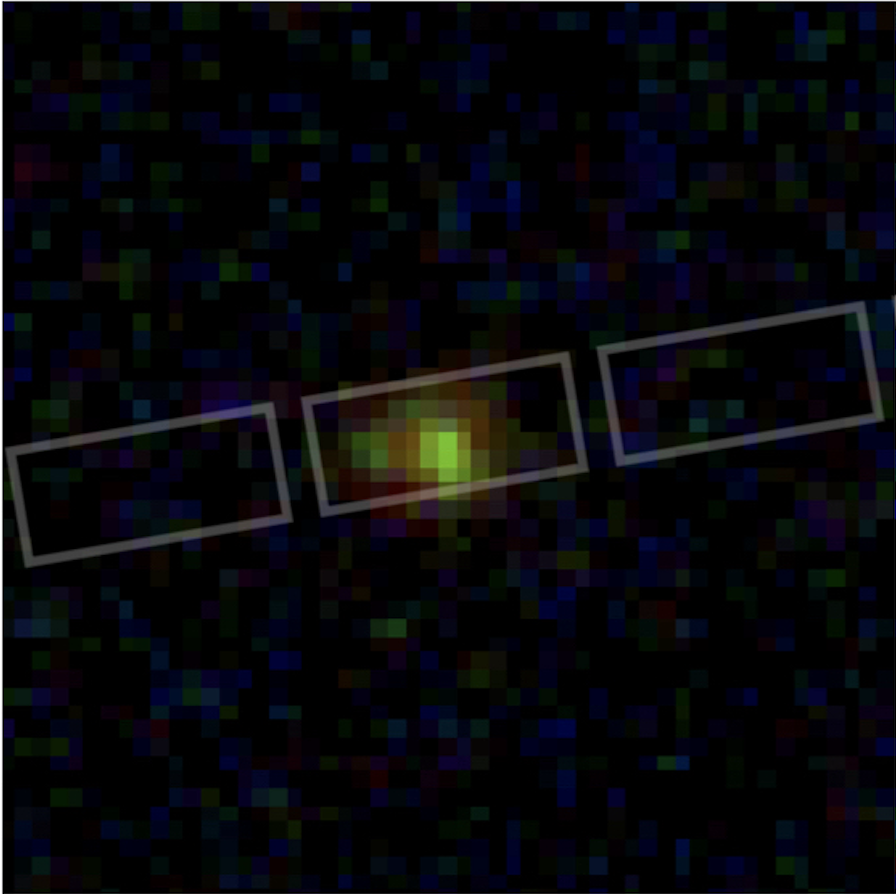
According to the authors of the study, star formation can be slowed down or stopped by different factors that deprive the galaxy of the gas it needs to form new stars. Internal factors, such as those due to the presence of a supermassive black hole or very intense star formation, can push the gas out of the galaxy and cause star formation to stop rapidly. Alternatively, the gas may be consumed very quickly by star formation, without being replenished by gas present in the galaxy’s surroundings.
Data from the JWST Advanced Deep Extragalactic Survey (JADES), a project in which researchers from the CAB, CSIC-INTA, have been participating since 1998, have determined that this galaxy experienced a short and intense episode of star formation during a period of between 30 and 90 million years. However, it stopped suddenly between 10 and 20 million years before it was observed with the James Webb Space Telescope.
The data have also determined that it has a mass similar to that of the Small Magellanic Cloud (SMC), a dwarf galaxy near the Milky Way that is still forming new stars. “The James Webb Telescope, with its increased sensitivity, makes it possible to observe and analyze smaller, fainter galaxies in the early universe, something that was not previously possible. This is crucial for understanding the effects of the quenching of star formation, as the study of smaller galaxies provides a lot of useful information,” notes Michele Perna, also a scientist at the CAB, CSIC-INTA, and co-author of the paper.
The researchers from CAB, CSIC-INTA, who have participated in the article, including Santiago Arribas and Irene Shivaei, have worked on the in-orbit commissioning of the James Webb Space Telescope and on the design of the JADES mapping, and are also closely involved in the scientific exploitation of data obtained with the JWST.
Tobias J. Looser et al. A recently quenched galaxy 700 million years after the Big Bang. Nature. DOI: 10.1038/s41586-024-07227-0
CSIC Comunicación
comunicacion@csic.es






